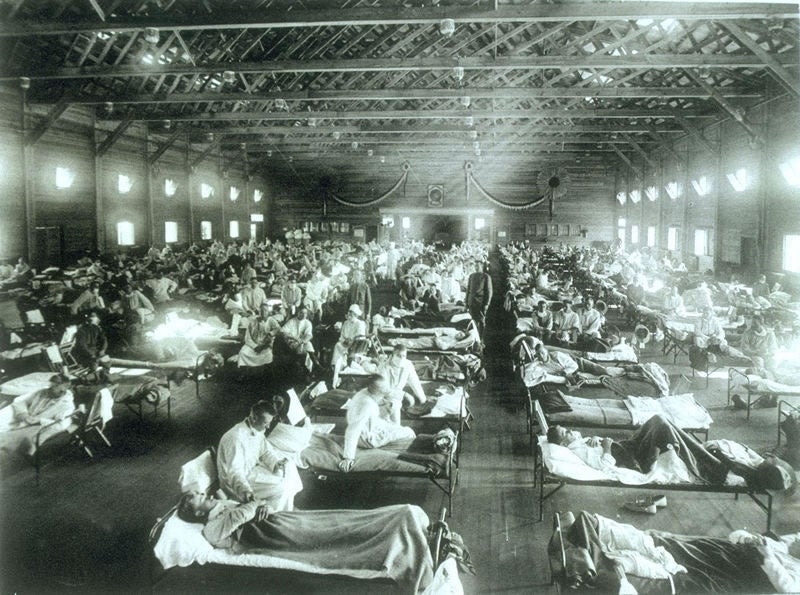Applying History to Modern Prepping
Kevin Felts 12.20.16

History has a lot of lessons to teach. One important lesson is how humanity has survived everything that has been thrown at it.
The human race has developed a habit of persevering through everything. Not only did our ancestors survive, but they thrived. In the wake of some of the greatest threats to the survival of the human race, governments, cities, and cultures were built.
As a student of history and survival skills, I apply what our ancestors went through and lessons learned to modern day prepping. Whether it was an ice age, plague, or war, somehow our ancestors managed to live through it.
Climate Change
For example, the last ice age lasted from about 110,000 years to around 12,000 years ago. That is around 98,000 years. Today, governments say climate change is the number one threat to humanity.
While the Neanderthal went extinct, the human race persevered.
At the end of the last ice age, large animals such as the mammoth went extinct. To adapt, our ancestors moved from a hunter-gatherer society to a culture of farming. We domesticated livestock and learned how to grow crops. A somewhat stable food supply led to the development of semi-permanent communities.
With farming came a need to understand seasons. Our ancestors turned to the stars to predict the approaching of winter or summer. Calendars were finally developed.
Even though the last ice age drove Neanderthals, Mammoths, Mastodons, Giant Bison, and dozens of others species to extinction, humans survived.
Plague
The Great Mortality, (also known as the Black Death) of 1348-1350 killed off around 30%-50% of the European population. Since there was no official record kept of the number of people who died, we may never have a firm number.
In the wake of the black death, there was a shortage of workers, so wages and working conditions were improved.
Lessons learned from the Black Death:
- Isolation prevents the contagion from spreading.
- Starvation killed millions.
- Those who can flee the city probably will.
- Land owners will barricade themselves.
- Infected will die on the side of the road as they attempt to leave cities.
War
What does war have to do with survival, as war is usually limited to a certain region?
World War I facilitated the spread of the Spanish Flu. The epidemic lasted from 1918-1920 and killed an estimated 50-100 million people.
War also decimates micro-societies that have developed their own culture. The native American Indian and Australian Aborigines are examples of war being waged on an indigenous population.
History Lessons
There may not seem like there is much to learn from history, but there is.
As we moved from hunter-gather to farming-based societies, permanent communities were established. Having a permanent location facilitates trade. If you know where the town is, they can be traded with. With trade came the spread of disease.
People who are able to isolate themselves are usually safe from the disease.
In a complete breakdown of society, starvation is a credible threat.
Humans can adapt to climate change.
We can learn from past mistakes.
Science and government may not always have the answer. When governments collapse, the people will find a way to survive.